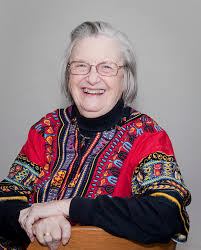Illinibucks
Time tickets for registration are given to students on the basis of major, class year, and whether the student is an honors student. Seniors and honors students generally get earlier registration dates. After some time, the classes “open up” to the general student body with some exceptions (e.i. major restrictions that apply to required courses within a program). Afterwards, course registration operates on a first come first serve basis. Students who miss their initial time ticket may begin to check course registrar obsessively awaiting an open seat in a desired class. In the interest of student retention and timely graduations, registration with Illinibucks should closely follow the current priority system. A program like Illinibucks could alleviate some of the stress that follows the initial window of class registrations by moving students to the start of the line formed once the priority basis is met. This would encourage students t...
